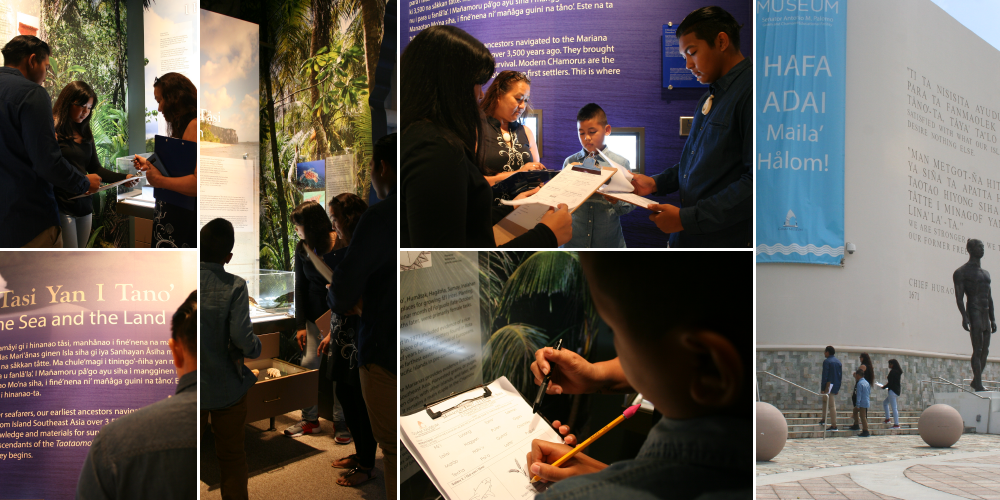Dr. Pedro Cruz Sanchez
Educator, historian and public servant. Dr. Pedro Cruz Sanchez (29 June 1925 – 15 August 1987), known as “Doc,” was a prolific educator, historian and public servant who served as the president of the University of Guam, and published several landmark books that document Guam’s history.
Dr. Pedro Cruz Sanchez Read Post »

